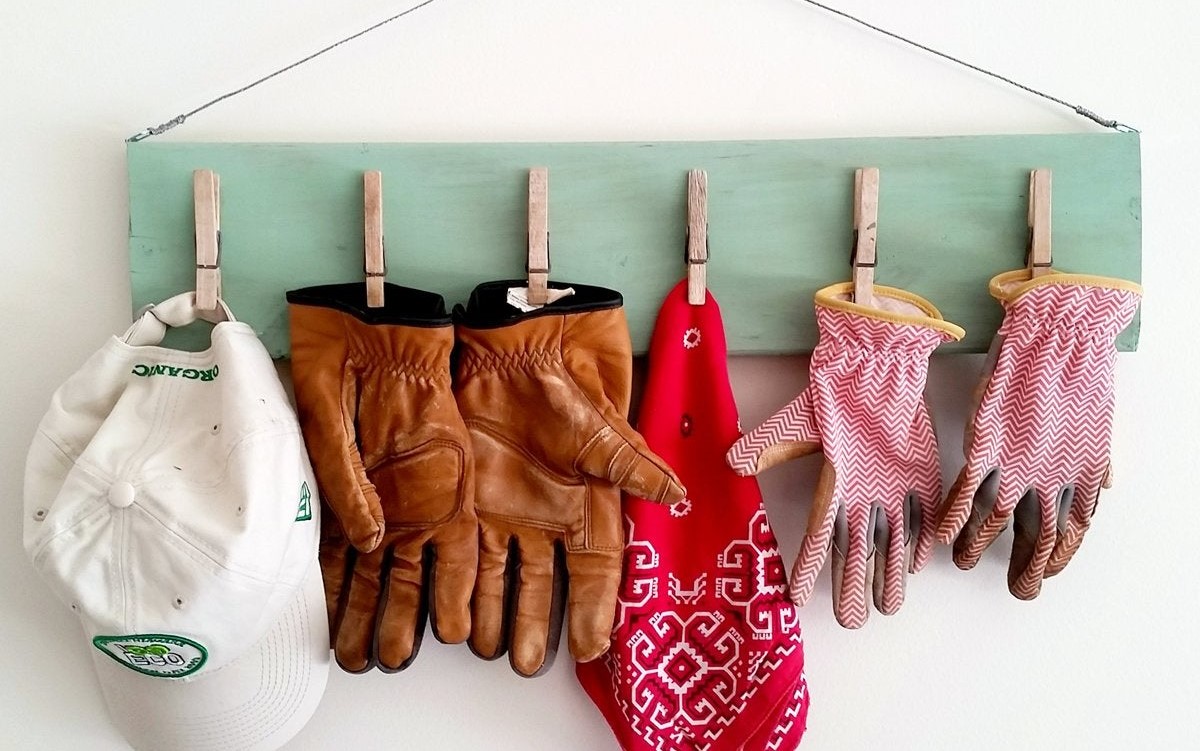

Articles
How To Store Gloves
Modified: January 19, 2024
Learn the best ways to store gloves and keep them organized with our informative articles. Discover effective glove storage methods to prevent damage and maintain their quality.
(Many of the links in this article redirect to a specific reviewed product. Your purchase of these products through affiliate links helps to generate commission for Storables.com, at no extra cost. Learn more)
Introduction
Welcome to a comprehensive guide on how to properly store gloves. Whether you have a collection of designer gloves, work gloves, or winter gloves, proper storage is essential to maintaining their quality and longevity. Gloves serve an important purpose, protecting our hands from various elements and hazards, so it’s important to take care of them when they’re not in use.
Proper glove storage not only keeps them in good condition but also ensures they are ready for use whenever you need them. In this article, we will explore the reasons behind proper glove storage, the different types of gloves and their storage requirements, how to choose the right storage location, techniques for storing gloves, common mistakes to avoid, and tips for maintaining glove quality over time.
By following these guidelines, you can ensure that your gloves remain in excellent condition, whether they are meant for fashion, work, or protecting yourself from the cold. So, let’s delve into the world of glove storage and discover the best practices to keep your gloves in tip-top shape.
Key Takeaways:
- Proper glove storage is crucial for maintaining their quality, longevity, and functionality. Follow specific care instructions for different glove types to ensure optimal storage conditions and maximize their lifespan.
- Implementing proper cleaning, drying, and storage techniques, along with avoiding common mistakes, is essential for maintaining the quality of your gloves over time. Rotate glove usage and handle them with care to extend their lifespan and preserve their aesthetics.
Read more: How To Store Dishwashing Gloves
Reasons for Proper Glove Storage
Proper storage of gloves is crucial for several reasons. Here are a few key reasons why you should pay attention to how you store your gloves:
- Prolongs their lifespan: Gloves, like any other accessory, are prone to wear and tear. Proper storage helps prevent unnecessary damage, such as stretching, fading, or tearing, which can significantly extend their lifespan.
- Maintains their shape: Gloves come in various shapes and designs, and it’s important to preserve their original shape. Proper storage techniques, such as hanging or careful folding, help prevent gloves from losing their shape and becoming misshapen or distorted.
- Protects them from dust and dirt: Dust and dirt can accumulate on gloves if left exposed, leading to a dull and dirty appearance. By storing gloves properly, you can minimize exposure to dust and dirt, keeping them clean and ready for use.
- Prevents damage from moisture: Moisture can be detrimental to many types of gloves, causing them to lose their functionality and integrity. Proper storage in a dry and ventilated area helps protect gloves from moisture damage, such as mold, mildew, or rotting.
- Organizes your glove collection: If you have multiple pairs of gloves, proper storage helps keep them neatly organized. With organized storage, you can easily locate the specific pair you need without rummaging through a messy pile or drawer.
- Preserves their aesthetic appeal: Many gloves, especially fashion gloves, are designed not just for practicality but also for their aesthetic appeal. Proper storage methods help preserve their beauty, ensuring that they look as good as new when you wear them.
Considering these reasons, it becomes evident that proper glove storage is not just about maintaining their condition but also about maximizing their value and functionality over time. In the following sections, we will explore the types of gloves and their specific storage requirements, along with the best techniques for storing them.
Types of Gloves and Their Storage Requirements
Gloves come in various materials and serve different purposes, each with its own storage requirements. Let’s take a look at some common types of gloves and how to properly store them:
- Leather gloves: Leather gloves are popular for their durability and style. To maintain their quality, store them in a cool and dry place away from direct sunlight. Avoid placing heavy objects on top of them, as it can cause imprints or deformations. Consider stuffing them with tissue paper or using glove inserts to help them retain their shape.
- Fabric gloves: Fabric gloves, such as knit or cotton gloves, require proper care to prevent shrinking and damage. Before storing them, ensure they are completely dry to avoid mold or mildew. Fold them neatly and store them in a clean and dry drawer or container.
- Winter gloves: Winter gloves, made of materials like fleece or synthetic blends, are essential for cold weather. After use, shake off any debris or snow and allow them to air dry naturally. Store them in a clean and dry location, away from heat sources, to prevent damage to the insulation or lining.
- Rubber or latex gloves: Rubber or latex gloves are commonly used in various industries and household tasks. After use, wash them thoroughly with mild soap and water, and rinse them well. Once dry, store them in a cool and dark place to protect them from sunlight, which can cause degradation.
- Specialty gloves: Specialty gloves, such as gardening gloves or disposable gloves, have specific storage requirements. Clean gardening gloves after use, remove any dirt or debris, and let them air dry before storing them in a clean and dry location. Disposable gloves should be stored in their original packaging to maintain their sterility.
It’s important to note that different gloves may have unique care instructions or manufacturer recommendations. Always refer to the specific guidelines provided by the glove manufacturer to ensure optimum storage conditions for your particular gloves.
Now that we understand the various types of gloves and their storage requirements, let’s delve into how to choose the right storage location for optimal glove preservation.
Choosing the Right Storage Location
Choosing the right storage location for your gloves is crucial to maintaining their quality and longevity. Here are some factors to consider when selecting a suitable storage area:
- Cleanliness: The storage area should be clean, free from dust, dirt, and other contaminants that could potentially damage or soil your gloves. Regularly clean the storage space to maintain a healthy environment for your gloves.
- Temperature and humidity: Extreme temperatures and high humidity can have a detrimental effect on gloves. It’s best to store gloves in a cool and dry location to prevent any potential damage or deterioration. Avoid areas with fluctuating temperature or high moisture content.
- Light exposure: Glove materials, especially natural fibers like leather or fabric, can fade or discolor when exposed to direct sunlight or harsh artificial light. Choose a storage area that is away from direct light or consider using opaque containers or drawer organizers to shield the gloves from excessive light exposure.
- Adequate ventilation: Proper air circulation is essential for preventing moisture buildup and maintaining glove freshness. Avoid storing gloves in airtight containers or sealed bags, as it can trap moisture and lead to mold or mildew growth. Opt for breathable storage solutions like open shelves or hanging racks.
- Protection from pests: Gloves, especially fabric or knit gloves, can attract pests like moths or insects. Choose a storage area that is secured from potential pests. Consider using mothballs or cedar chips as natural repellents to safeguard your gloves from infestation.
- Accessibility: Ensure that your gloves are easily accessible when you need them. Consider organizing them in a way that allows you to quickly locate the desired pair. This can be achieved through labeled containers, drawer dividers, or a designated section in your closet.
By considering these factors, you can select an ideal storage location that ensures your gloves remain in optimal condition and are readily available whenever you need them. Once you have chosen the right storage area, it’s important to clean and dry your gloves properly before storing them, which we will explore in the next section.
Proper Cleaning and Drying of Gloves before Storage
Before storing your gloves, it’s essential to clean and dry them thoroughly to prevent any dirt, moisture, or odors from causing damage during storage. Here are some general guidelines for cleaning and drying different types of gloves:
- Leather gloves: Use a soft, dry cloth to wipe away any surface dirt or debris from the gloves. If they are stained, gently spot clean with a damp cloth and a mild leather cleaner. Avoid immersing leather gloves in water or using harsh cleaning agents, as they may damage the material. Allow the gloves to air dry naturally in a well-ventilated area, away from direct heat sources.
- Fabric gloves: Check the care label for specific cleaning instructions. If they are machine washable, place the gloves in a delicate laundry bag and wash them using a mild detergent on a gentle cycle. Alternatively, you can hand wash them with a gentle detergent and lukewarm water. After cleaning, gently squeeze out excess water and reshape them. Lay them flat on a clean, dry towel or hang them to air dry.
- Winter gloves: Shake off any debris or snow from the gloves. If they are washable, follow the care instructions on the label. If not, spot clean them with a damp cloth and mild detergent. Rinse thoroughly and gently squeeze out excess water. Allow them to air dry away from direct heat sources. Avoid twisting or wringing out winter gloves, as it may damage the insulation or lining.
- Rubber or latex gloves: After use, rinse rubber or latex gloves with mild soap and warm water. Thoroughly rinse off soap residues and gently squeeze out excess water. Allow them to air dry in a well-ventilated area. Avoid using hot water or exposing them to direct heat, as it can cause the material to become brittle.
- Specialty gloves: Follow the care instructions provided by the manufacturer for cleaning and drying specialty gloves, such as gardening gloves or disposable gloves. In general, most gardening gloves can be gently washed with mild soap and water, while disposable gloves should be discarded after use.
Remember to always check the care label or manufacturer’s instructions for any specific cleaning and drying recommendations for your gloves. Properly cleaned and dried gloves are less likely to develop odors or damage during storage.
Once your gloves are clean and dry, it’s time to explore techniques for storing them in a way that maintains their shape and condition. We will cover different storage techniques in the next section.
Read more: How To Store Boxing Gloves
Techniques for Storing Gloves
Proper storage techniques play a crucial role in maintaining the shape, condition, and accessibility of your gloves. Here are some effective techniques for storing gloves:
- Hanging Gloves for Storage: Hanging gloves is an excellent option to prevent creasing or crushing. Use glove clips or clothespins to attach gloves by their cuffs to a hanger or a dedicated glove rack. This method works well for leather or fabric gloves, allowing them to retain their shape and making it easy to see and access each pair.
- Stacking Gloves for Storage: Stacking gloves is a space-efficient method, especially for gloves that are less likely to lose their shape, such as winter gloves or rubber gloves. Fold gloves neatly and stack them on top of one another in a drawer or container. Place a tissue paper or fabric between each pair to prevent friction and maintain cleanliness.
- Using Containers or Drawers for Glove Storage: Containers or drawers can provide a clean and organized storage solution for gloves. Choose containers or drawers that are the right size to accommodate your glove collection without excessive compression. Line the storage area with clean fabric or use dividers to separate different glove types. Label each section for easy identification and retrieval.
- Individual Glove Pouches or Bags: For delicate or valuable gloves, consider using individual pouches or bags to protect them from dust and potential damage. Use soft fabric pouches, preferably made of cotton or silk, and place each pair of gloves inside. This method ensures each pair is individually protected while still being easily stackable or transferable.
- Display Racks or Shelves: If you have a collection of fashionable or specialty gloves, consider displaying them on open racks or shelves. This not only creates a visually appealing display but also keeps the gloves easily accessible and free from wrinkles or deformations.
Choose the storage technique that best suits your glove collection and the available space. Consider the specific requirements of each glove type and prioritize maintaining their shape, cleanliness, and accessibility.
While utilizing these techniques for glove storage, it’s essential to avoid common mistakes that can lead to damage or deterioration. Let’s explore some of these mistakes in the next section.
Store gloves in a clean, dry place away from direct sunlight and heat sources. Avoid folding or creasing them to maintain their shape and fit. Consider using a glove clip or hook to keep them organized and easily accessible.
Hanging Gloves for Storage
Hanging gloves is a convenient and effective method of storage, particularly for gloves made of leather or fabric. It helps preserve their shape, prevents creasing or crushing, and allows for easy accessibility. Follow these steps to hang your gloves for storage:
- Choose a suitable hanger: Use a hanger with clips or clothespins specifically designed for holding gloves. These clips or pins provide a secure grip on the cuffs of the gloves, preventing them from slipping or falling off the hanger.
- Clean and dry the gloves: Before hanging the gloves, make sure they are clean and dry. Follow the appropriate cleaning and drying guidelines for the specific glove material to ensure they are free from dirt, stains, or moisture.
- Matching pairs: Ensure that each pair of gloves remains together when hanging. Attach the gloves by their cuffs to the hanger using the clips or clothespins, making sure not to stretch or deform the gloves in the process.
- Hang in a suitable location: Find a suitable location for hanging your gloves. It can be a section in your closet dedicated to glove storage or a designated glove rack. Choose a location that is not exposed to direct sunlight, excessive heat, or high humidity.
- Organize and label: Once the gloves are hung, you may want to organize them by type or purpose. For example, separate winter gloves from leather gloves or work gloves. You can use labels or dividers to keep the gloves neatly organized and easily identifiable.
- Maintain proper spacing: Avoid overcrowding the hanger or rack with too many gloves. Leave enough space between each pair to ensure proper air circulation and prevent them from touching or getting tangled with each other.
Hanging gloves for storage not only keeps them in good condition but also allows you to easily see and access each pair. This method is particularly useful for leather gloves, as it helps them retain their shape and prevents wrinkling or creasing that can occur when folded or stacked.
Remember, different glove materials require specific care and storage methods. Always refer to the manufacturer’s instructions or recommendations for the optimal way to store your particular gloves.
Now that you’ve learned about hanging gloves for storage, let’s explore other storage techniques and common mistakes to avoid to ensure your gloves remain in excellent condition.
Stacking Gloves for Storage
Stacking gloves is a practical and space-efficient method of storage, particularly for gloves that are less likely to lose their shape, such as winter gloves or rubber gloves. Stacking allows you to neatly store multiple pairs in a drawer or container. Follow these steps to stack your gloves for storage:
- Clean and dry the gloves: Before stacking your gloves, ensure that they are clean and fully dry. Remove any dirt or debris and follow the appropriate cleaning guidelines for the specific glove material.
- Fold the gloves neatly: Fold each pair of gloves neatly to minimize wrinkling and maximize space efficiency. Start by laying the gloves flat on a clean surface, with the palm side facing down. Fold the gloves in half, bringing the fingertips towards the cuff. Smooth out any wrinkles as you fold.
- Separate pairs with tissue paper or fabric: To prevent friction and keep the gloves in good condition, place a layer of tissue paper or clean fabric between each pair of gloves. This helps to maintain their cleanliness and prevents them from sticking together.
- Stack the gloves: Begin stacking the folded gloves on top of one another in a drawer or container. Start with the larger or bulkier gloves at the bottom and stack the lighter or smaller ones on top. Stack them in a way that keeps them stable and prevents the pile from toppling over.
- Label or divide sections: If you have different types of gloves or want to keep them organized by purpose, consider using labels or dividers inside the drawer or container. This will help you easily identify and retrieve the specific pair of gloves you need.
- Avoid overcrowding: Be mindful not to overcrowd the stack of gloves or cram them tightly into the drawer or container. Overcrowding can lead to wrinkles, creases, or difficulty in retrieving a specific pair. Leave enough space to maintain the gloves’ shape and make it easier to access them.
Stacking gloves for storage is an efficient way to save space and keep your gloves organized. This method works well for gloves that do not require extra support to maintain their shape. However, be cautious when stacking delicate or valuable gloves, as they may require alternative storage methods, such as individual pouches or bags.
Remember to consider the specific care and storage requirements for different glove materials. Always refer to the manufacturer’s instructions or recommendations for the best way to store your particular gloves.
In the next section, we will explore the use of containers or drawers for glove storage, providing a clean and organized storage solution for your gloves.
Using Containers or Drawers for Glove Storage
Using containers or drawers is an effective way to keep your gloves organized and protected. This storage method provides a clean and dedicated space for your gloves, ensuring they stay in excellent condition. Here’s how to use containers or drawers for glove storage:
- Select the right containers or drawers: Choose containers or drawers that are the appropriate size to accommodate your glove collection. Consider the length and width of your gloves, as well as the available space you have for storage. Opt for containers or drawers that are sturdy and durable to protect your gloves.
- Line the storage area: To add an extra layer of protection and keep your gloves clean, consider lining the containers or drawers with a clean fabric. This helps prevent any dirt or residue from transferring to your gloves and keeps them in pristine condition.
- Organize by type or purpose: If you have different types of gloves, such as leather, fabric, or specialty gloves, consider organizing them by type or purpose. Use dividers or separate sections within the container or drawer to keep each type of glove separate. This will make it easier to find the specific pair you need.
- Label each section: To enhance organization and ease of use, label each section of the container or drawer. This will help you quickly locate the desired pair of gloves without having to search through the entire collection. Use labels or tags that are easy to read and durable.
- Fold and stack: If you prefer a stacked storage method within the containers or drawers, fold each pair of gloves neatly and stack them on top of one another. Remember to place a layer of tissue paper or fabric between each pair to prevent them from sticking together or rubbing against each other.
- Consider individual pouches or bags: For delicate or valuable gloves, consider using individual pouches or bags within the container or drawer. This provides an extra layer of protection and prevents any potential damage or scratching. Use soft fabric pouches or bags made of cotton or silk.
Using containers or drawers for glove storage keeps your gloves clean, organized, and easily accessible. It also protects them from dust, dirt, and potential damage. Remember to regularly clean and maintain the containers or drawers to ensure a hygienic storage environment for your gloves.
Be sure to follow the specific care and storage recommendations for your gloves, as different materials may have unique requirements. By properly storing your gloves in containers or drawers, you can extend their lifespan and enjoy them for years to come.
In the next section, we will discuss common mistakes to avoid when storing gloves to ensure they remain in excellent condition.
Read more: How To Store A Baseball Glove
Avoiding Common Mistakes in Glove Storage
When it comes to storing gloves, there are several common mistakes that can lead to damage, deterioration, or a loss of quality. By avoiding these mistakes, you can ensure that your gloves remain in excellent condition for a long time. Here are some of the most common mistakes to avoid:
- Storing gloves when they are dirty or wet: One of the biggest mistakes is storing gloves without cleaning them first. Dirt, sweat, or moisture can lead to unpleasant odors, mold, or mildew during storage. Always clean and dry your gloves thoroughly before storing them to maintain their freshness.
- Exposing gloves to direct sunlight: Sunlight can fade and damage gloves, especially those made of natural materials like leather or fabric. Avoid storing your gloves in direct sunlight or under harsh artificial light. Instead, choose a storage location that is away from direct light or consider using opaque containers or drawers.
- Storing gloves in hot or humid areas: Extreme temperature or high humidity can cause damage to gloves. Heat can cause leather to dry out and crack, while moisture can promote mold or mildew growth. Store your gloves in a cool and dry place to ensure their longevity.
- Overstuffing gloves in a small space: Avoid cramming too many gloves in a small storage area. Overstuffing can result in stretched or misshapen gloves, making it difficult to access or retrieve a specific pair. Leave enough space for each pair to maintain their shape and avoid unnecessary pressure.
- Ignoring specific care instructions: Different glove materials require specific care and storage methods. Ignoring the manufacturer’s instructions or care labels can lead to damage or reduce the lifespan of your gloves. Always follow the recommended guidelines for cleaning, drying, and storing your gloves.
- Using improper cleaning agents or techniques: Using harsh chemicals, abrasive scrubbing, or excessive force can damage gloves. Follow the appropriate cleaning methods for each type of glove and use gentle cleaning agents. Always test a small, inconspicuous area before applying any cleaning product to the entire glove.
By avoiding these common mistakes, you can ensure that your gloves remain in excellent condition and are ready to use whenever you need them. Proper glove storage is essential for maintaining their functionality, appearance, and longevity.
Now that you’re aware of the common mistakes to avoid, let’s explore some tips for maintaining the quality of your gloves over time in the next section.
Tips for Maintaining Glove Quality over Time
To keep your gloves in excellent condition over time, it’s essential to implement proper maintenance practices. Here are some helpful tips for maintaining the quality of your gloves:
- Follow proper cleaning and drying techniques: Regularly clean your gloves following the manufacturer’s instructions or care labels. Use gentle cleaning agents and avoid harsh chemicals that may damage the material. After cleaning, ensure they are fully dry before storing to prevent mold or mildew growth.
- Rotate glove usage: If you have multiple pairs of gloves, consider rotating their usage. Wearing the same pair repeatedly can lead to faster wear and tear. Alternating between different pairs allows them to rest and recover, prolonging their lifespan.
- Avoid unnecessary exposure: When not in use, keep your gloves stored in a suitable location, away from excessive light, heat, or moisture. Exposure to these elements can cause damage and deteriorate the quality of your gloves. Proper storage is key to maintaining their integrity over time.
- Apply leather conditioner: For leather gloves, consider applying a leather conditioner from time to time to keep the material moisturized and prevent drying or cracking. Follow the instructions provided with the conditioner and test it on a small, inconspicuous area of the glove before applying it all over.
- Repair minor damages: Regularly inspect your gloves for any minor damages, such as loose threads or small tears. Address these issues promptly by repairing them to prevent further damage. Use appropriate repair techniques or seek professional assistance, especially for valuable or delicate gloves.
- Store gloves in breathable materials: If using pouches or bags for individual glove storage, ensure they are made of breathable materials like cotton or silk. Avoid using plastic bags, as they can trap moisture and lead to mold or mildew growth. Breathable pouches or bags help maintain the quality and freshness of your gloves.
- Handle gloves with care: When handling your gloves, be gentle and avoid excessive pulling or stretching. This is especially important for delicate or intricately designed gloves. Proper handling helps prevent damage to the gloves and ensures their longevity.
By incorporating these tips into your glove care routine, you can significantly extend the lifespan and maintain the quality of your gloves. The proper care and maintenance of your gloves ensure they continue to serve their intended purpose and look their best when worn.
Before we conclude, let’s recap what we’ve covered in this comprehensive guide on glove storage and maintenance.
Conclusion
Proper glove storage is essential for maintaining their quality, longevity, and functionality. By following the guidelines outlined in this comprehensive guide, you can ensure that your gloves remain in excellent condition and ready for use whenever you need them.
We discussed the reasons for proper glove storage, highlighting the importance of prolonging their lifespan, maintaining their shape, and protecting them from dust, dirt, and moisture. We also explored the specific storage requirements for different types of gloves, such as leather gloves, fabric gloves, winter gloves, rubber or latex gloves, and specialty gloves.
Choosing the right storage location is crucial, and we provided tips for selecting a clean, temperature-controlled, well-ventilated, and pest-free area. Additionally, we emphasized the proper cleaning and drying of gloves before storage to prevent odors, mold, or mildew from developing.
Various techniques for storing gloves were discussed, including hanging gloves for preservation of shape and easy accessibility, stacking gloves for space-efficiency, and utilizing containers or drawers for organized storage. We also explored the importance of avoiding common mistakes in glove storage, such as storing dirty or wet gloves, exposing them to direct sunlight or extreme conditions, overcrowding, and ignoring specific care instructions.
To ensure the long-term quality of your gloves, we provided tips for maintaining them over time. These tips included following proper cleaning and drying techniques, rotating glove usage, avoiding unnecessary exposure, applying leather conditioner, repairing minor damages, storing gloves in breathable materials, and handling gloves with care.
By implementing these best practices, you can extend the lifespan of your gloves, preserve their aesthetics, and maximize their functionality. Whether you have a collection of fashionable gloves, work gloves, or winter gloves, proper storage and maintenance are key to enjoying their benefits for years to come.
Remember, always refer to the specific care instructions provided by the manufacturers or seek professional advice when necessary. By caring for your gloves with attention to detail, you can ensure that they will continue to protect your hands, enhance your style, or serve their intended purpose effectively.
Frequently Asked Questions about How To Store Gloves
Was this page helpful?
At Storables.com, we guarantee accurate and reliable information. Our content, validated by Expert Board Contributors, is crafted following stringent Editorial Policies. We're committed to providing you with well-researched, expert-backed insights for all your informational needs.
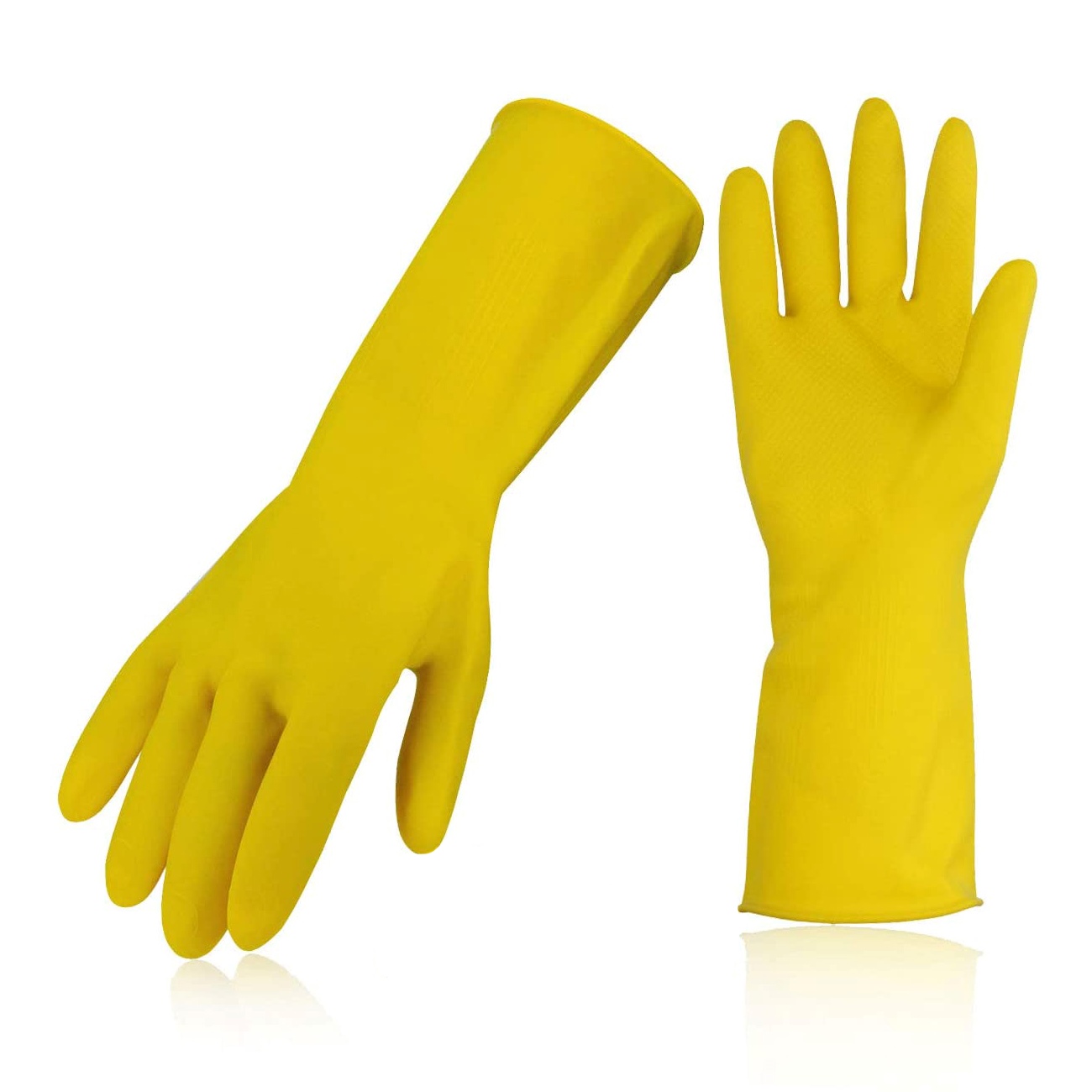
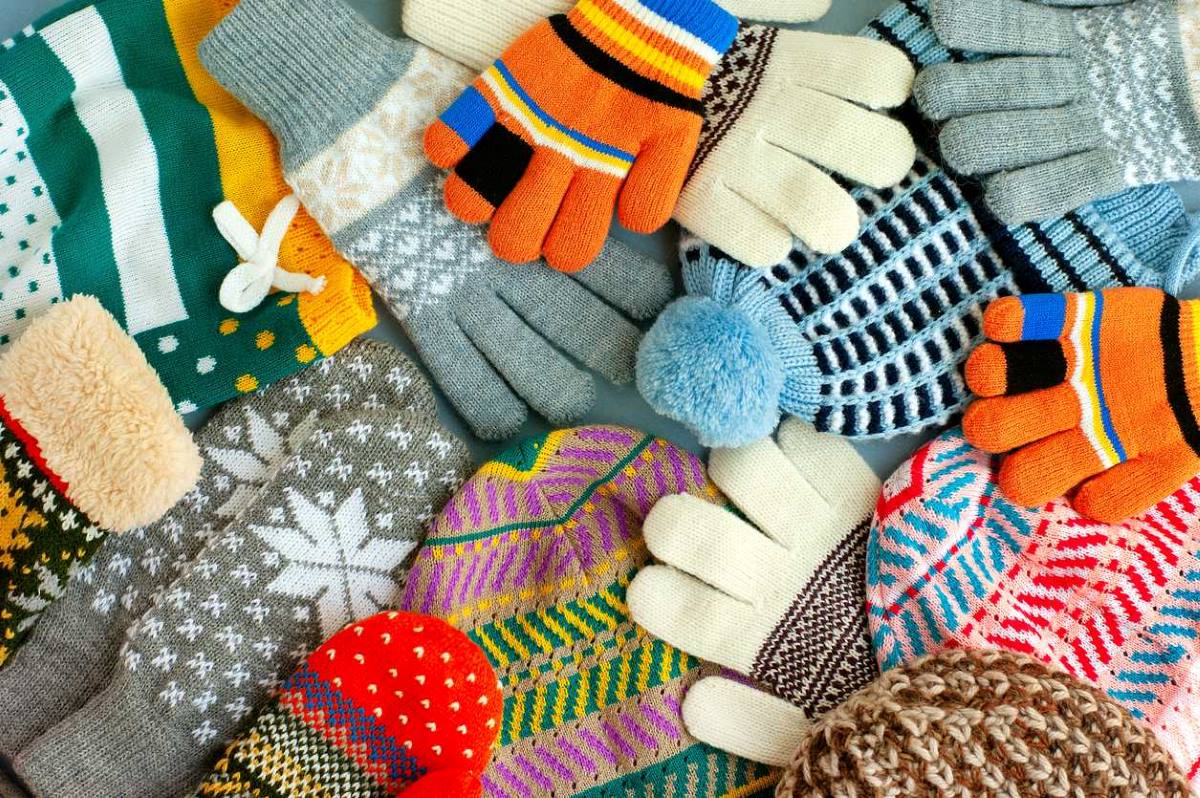
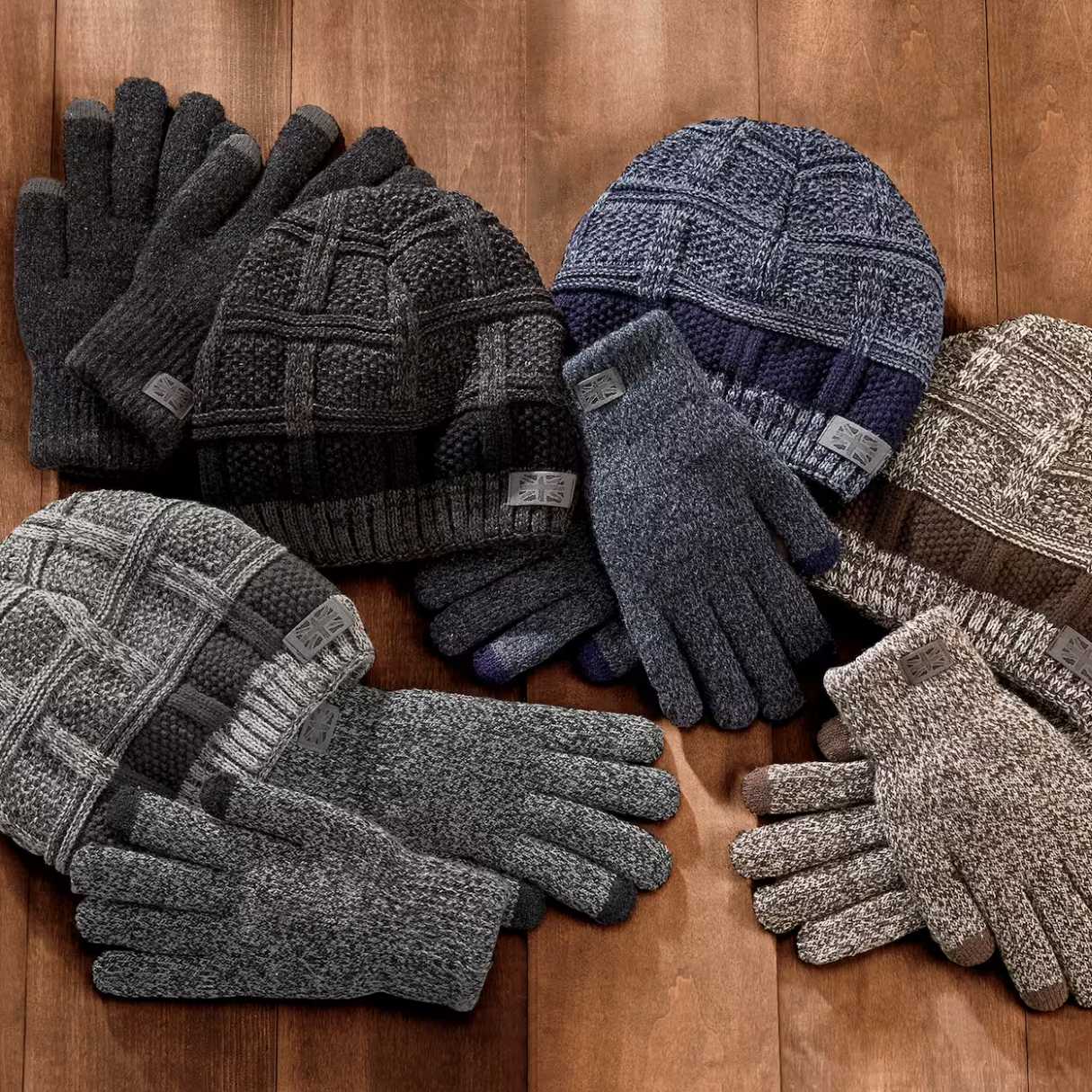
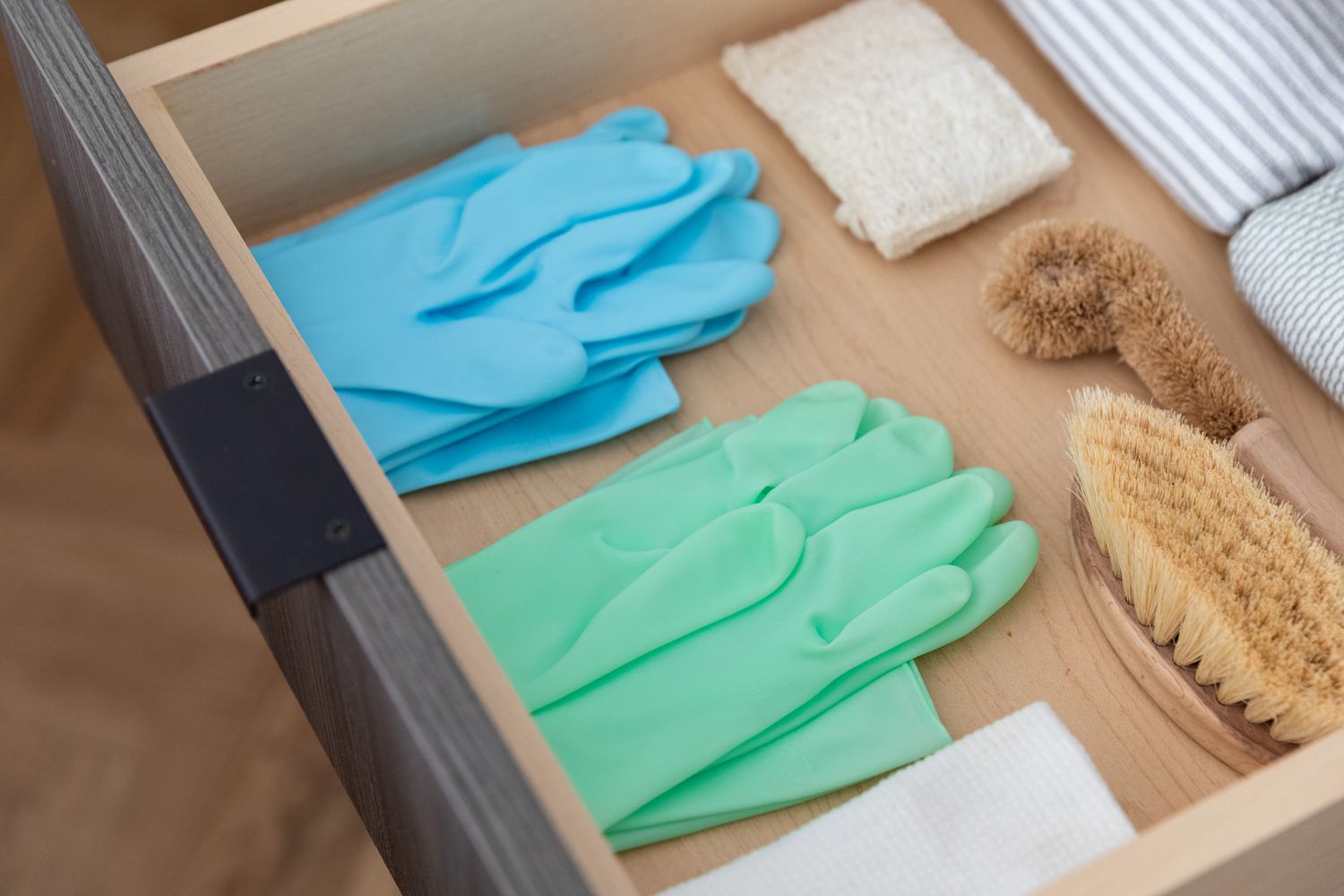
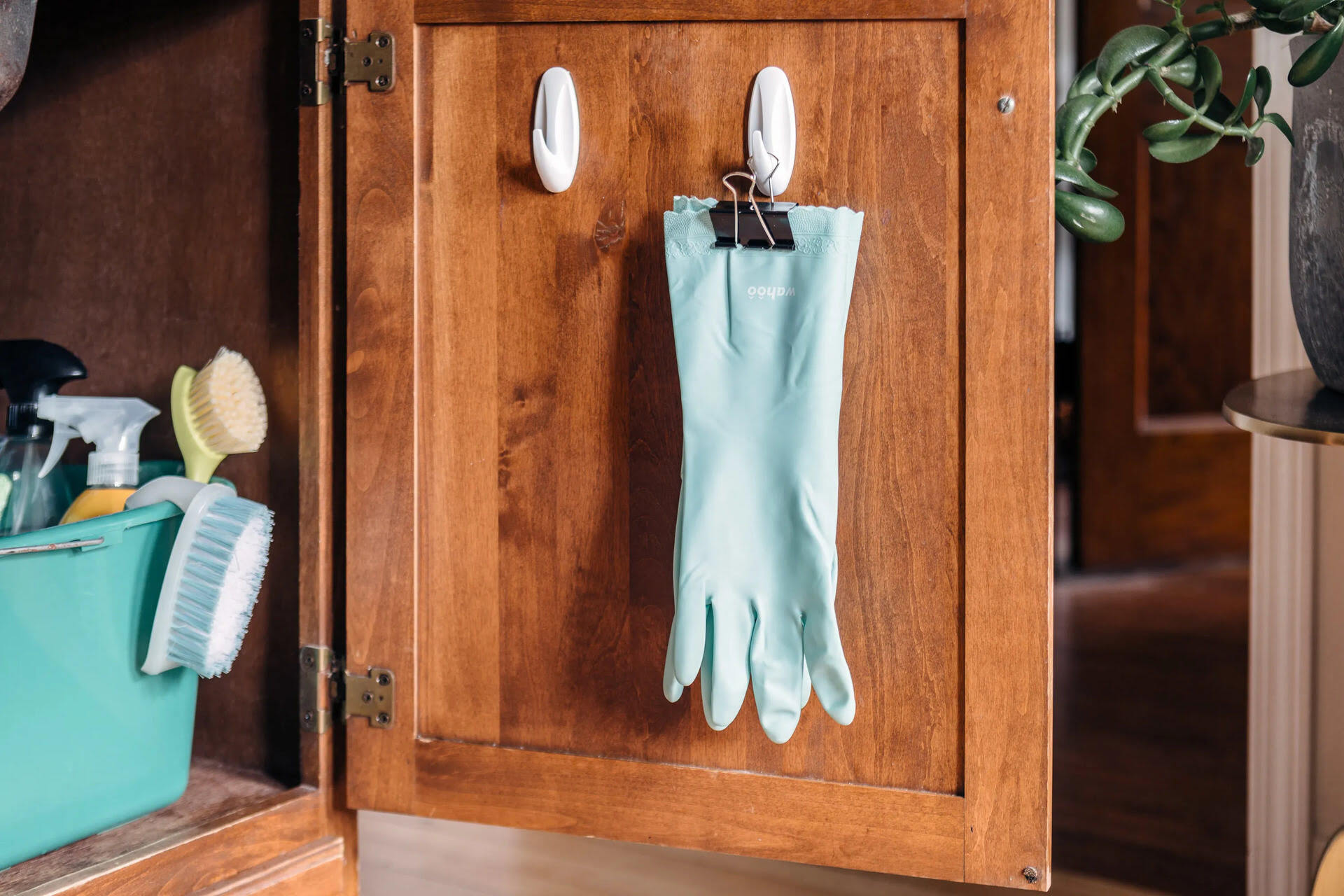

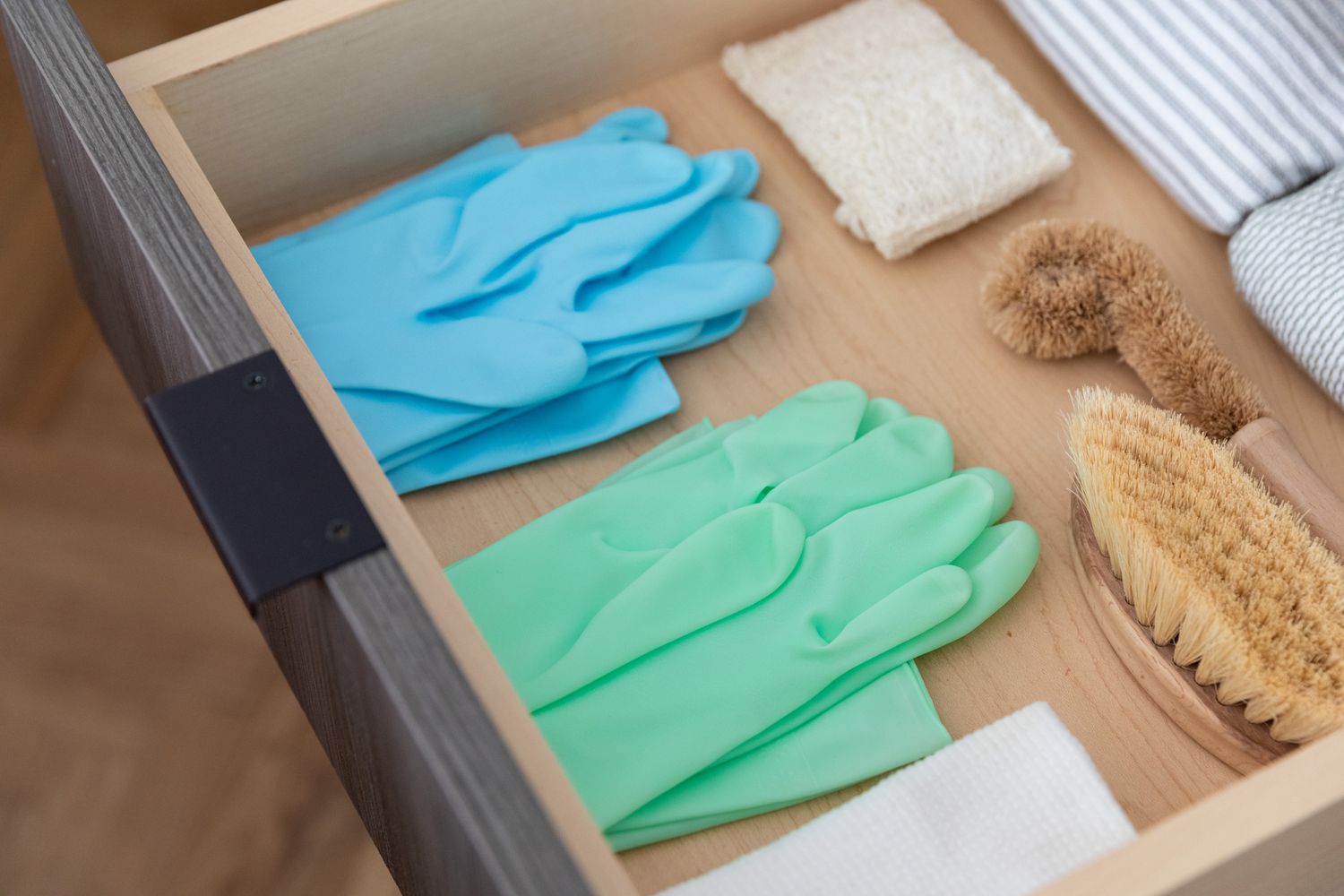
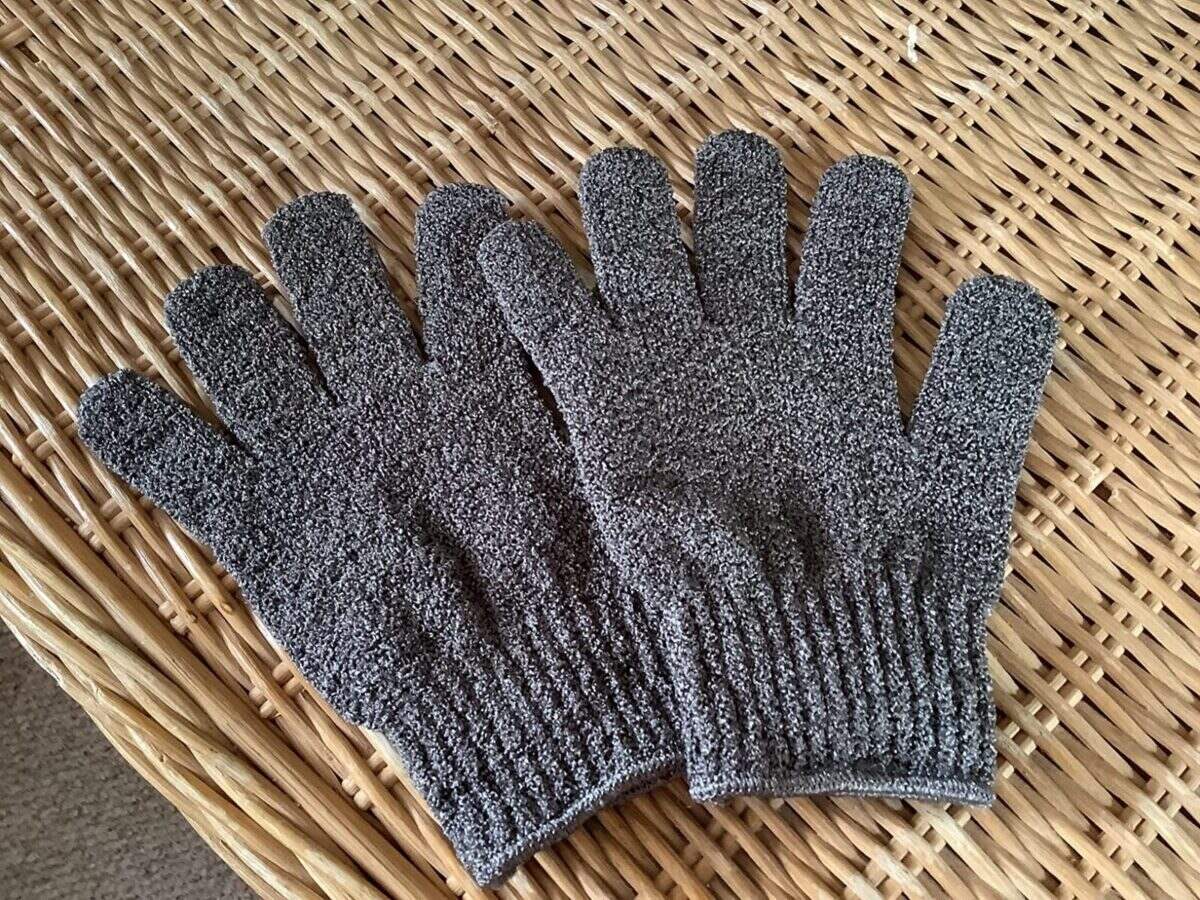
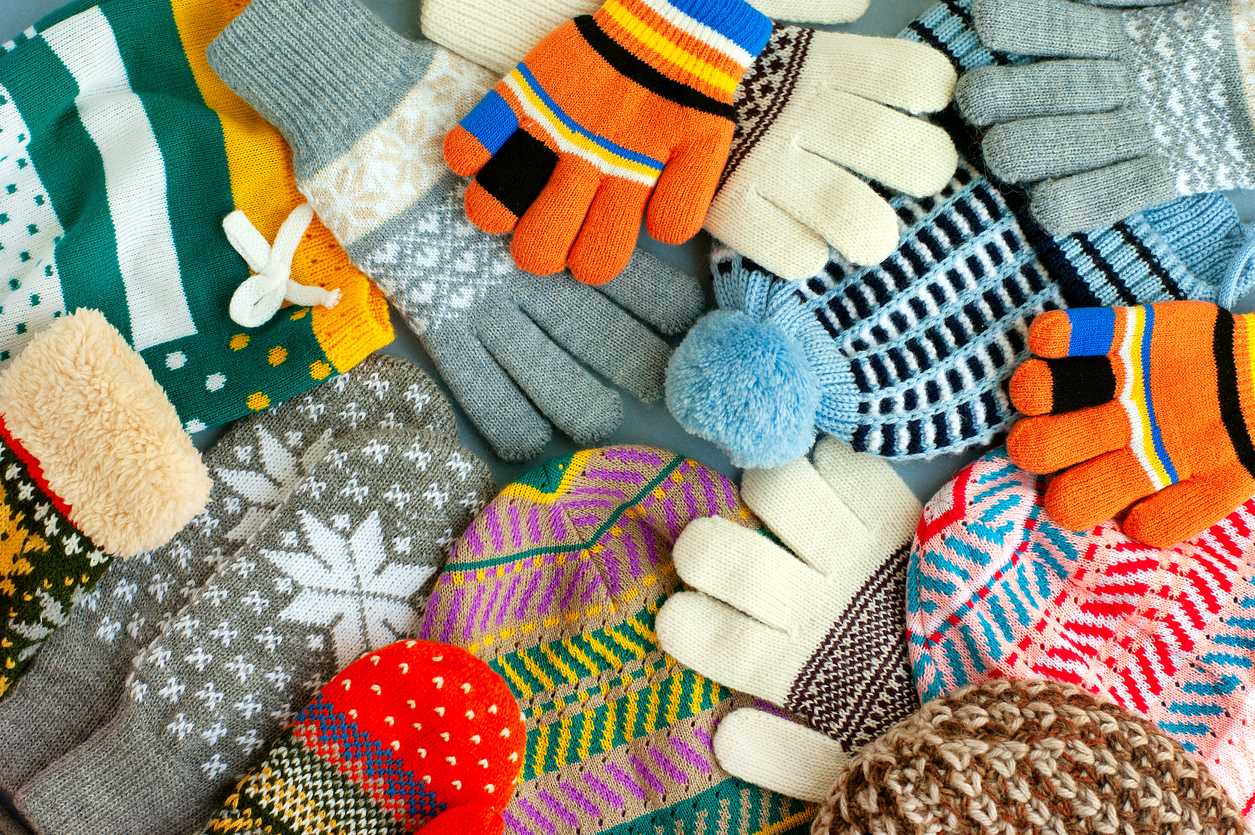
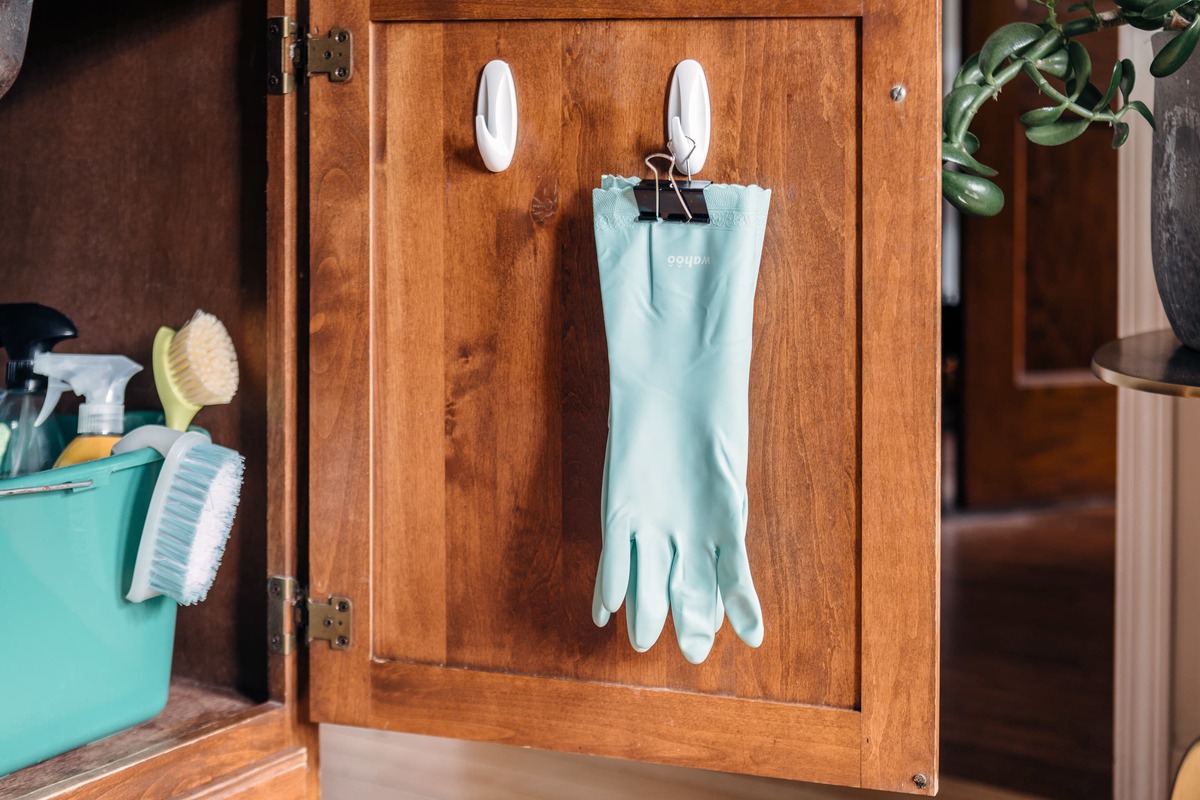
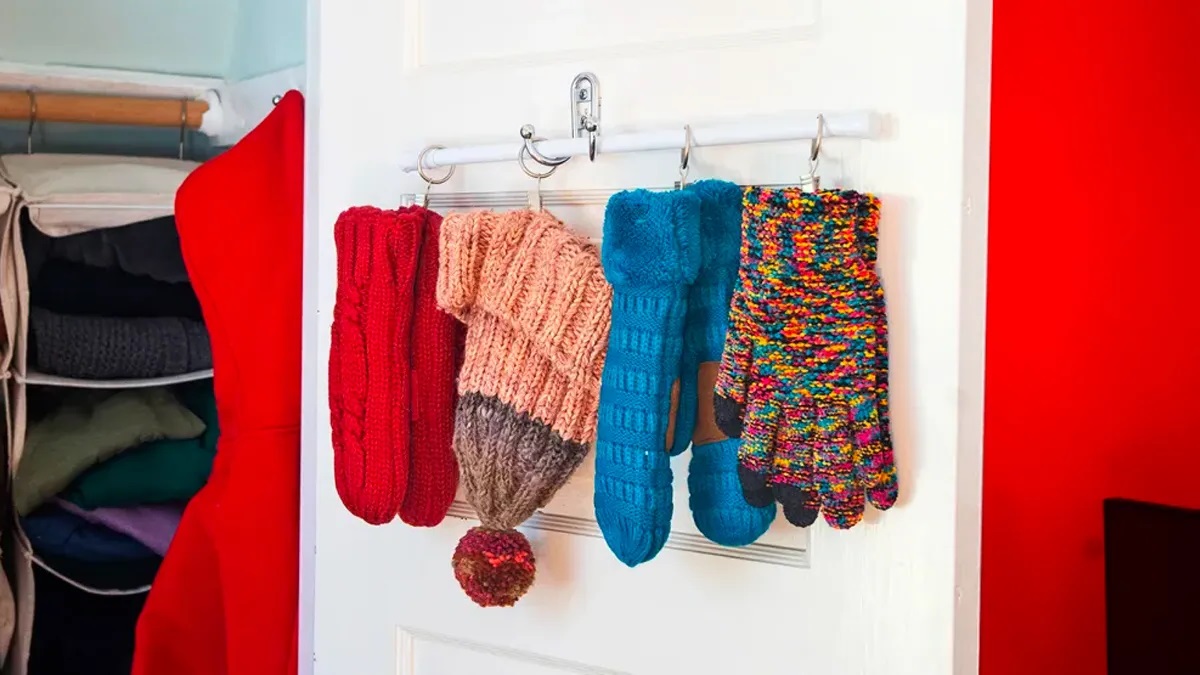
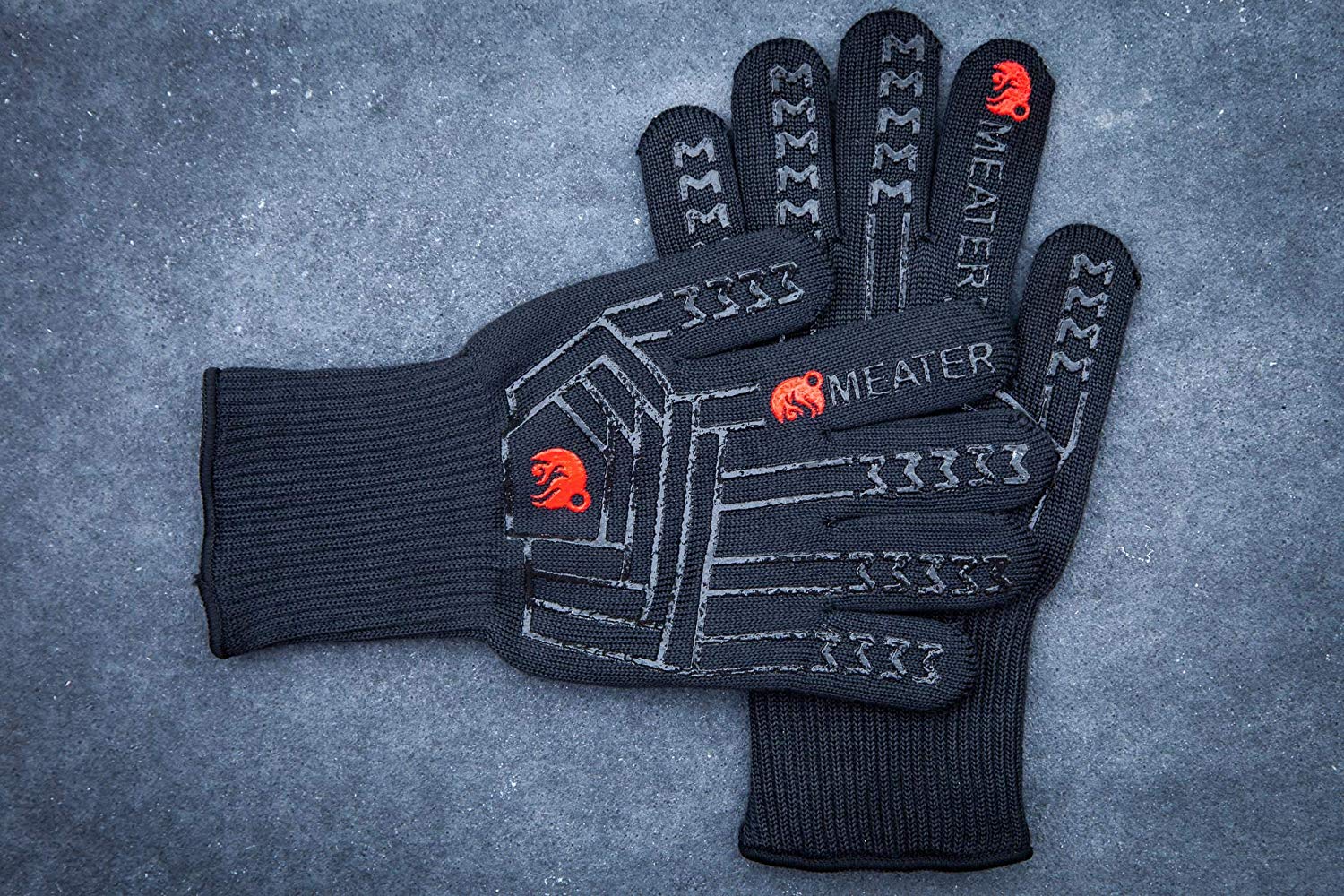
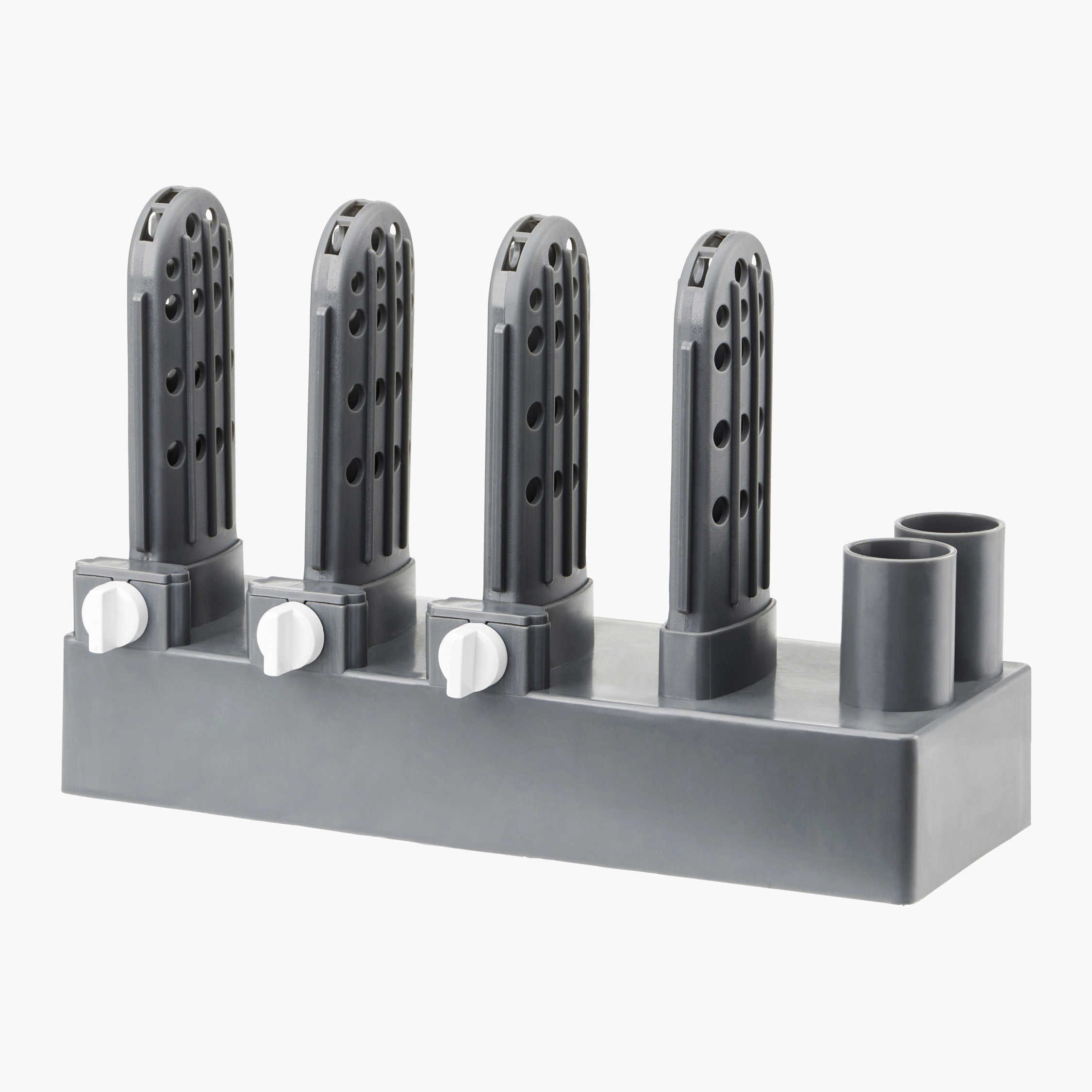

0 thoughts on “How To Store Gloves”